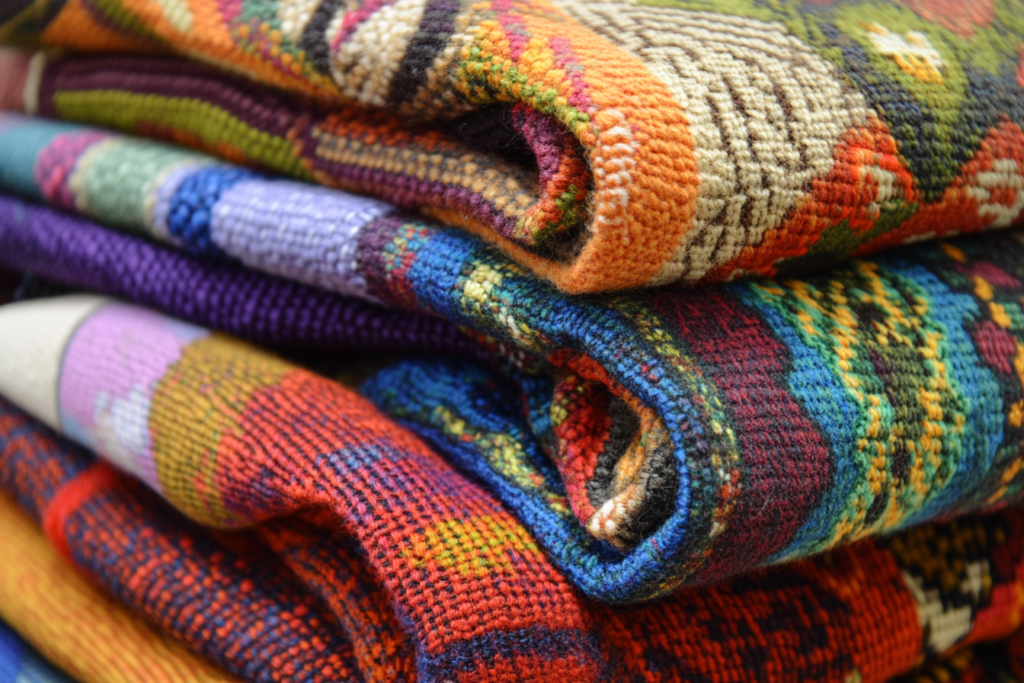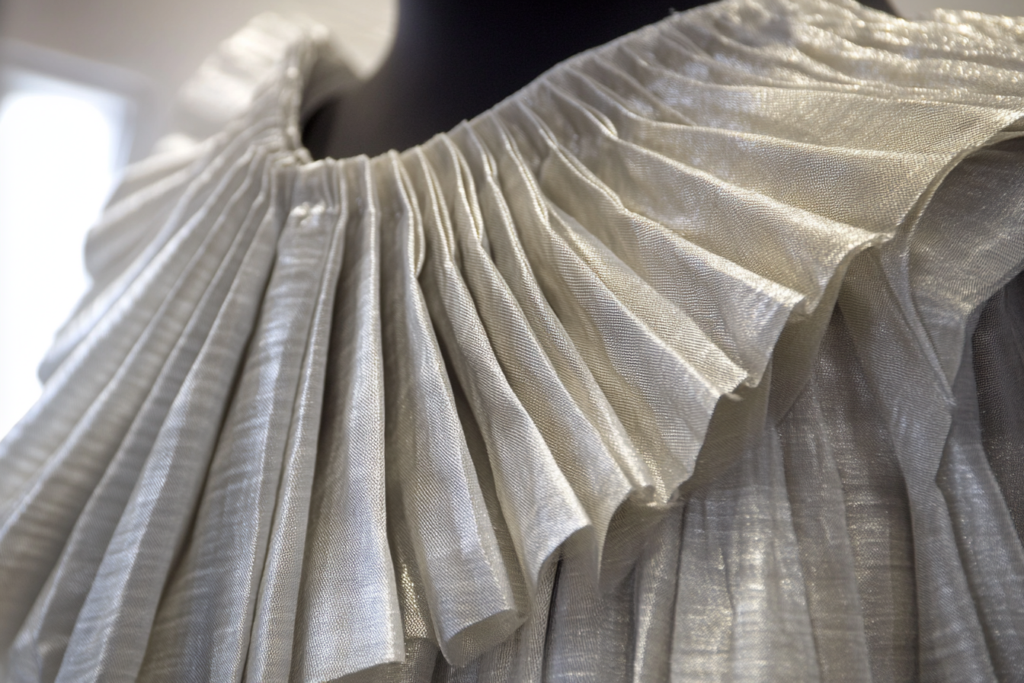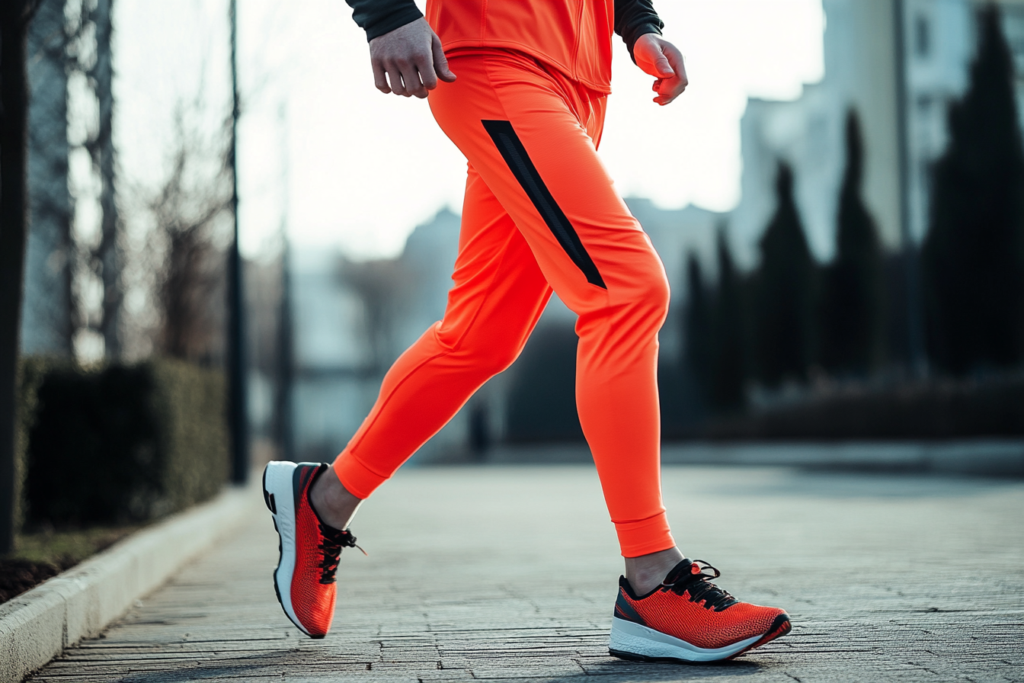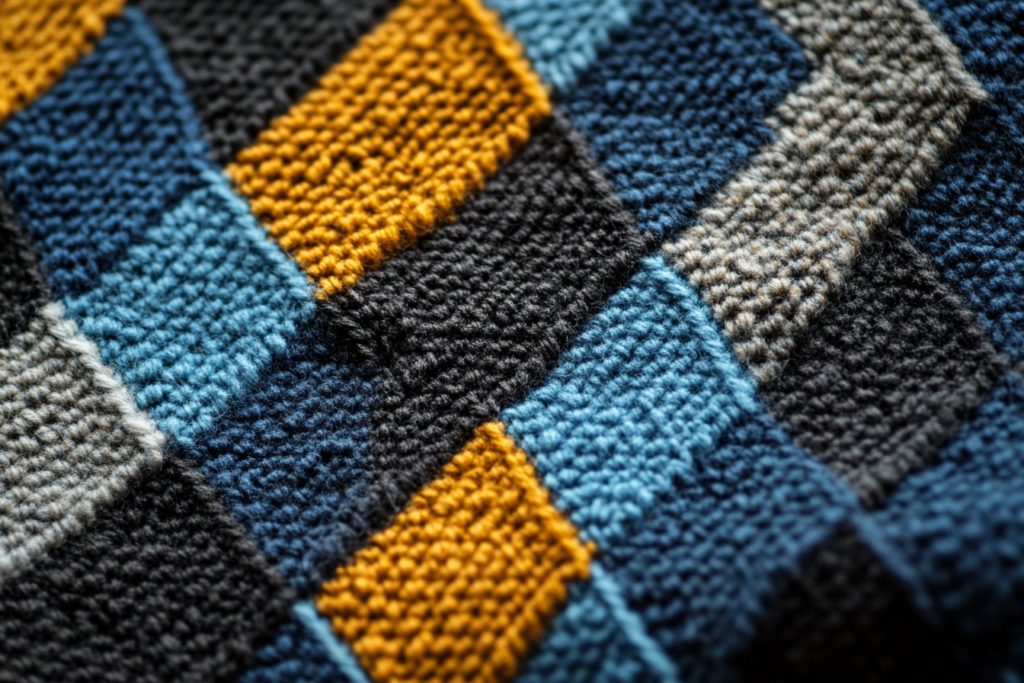Exploring More Weaving Techniques: Jacquard Fabrics and Beyond
Meta Description: Explore other weaving techniques, from single jacquard to double-sided jacquard and other fabric designs, and how they shape the textile industry in fashion, upholstery, and more.
Further Exploration of Jacquard Fabrics
In addition to single jacquard, the jacquard weaving technique includes a variety of methods that produce intricate patterns and textures. These techniques are essential in textile production, especially in fashion design, interior décor, and home textiles.
Let’s explore some other jacquard variations and weaving techniques, and understand how they impact the design process.

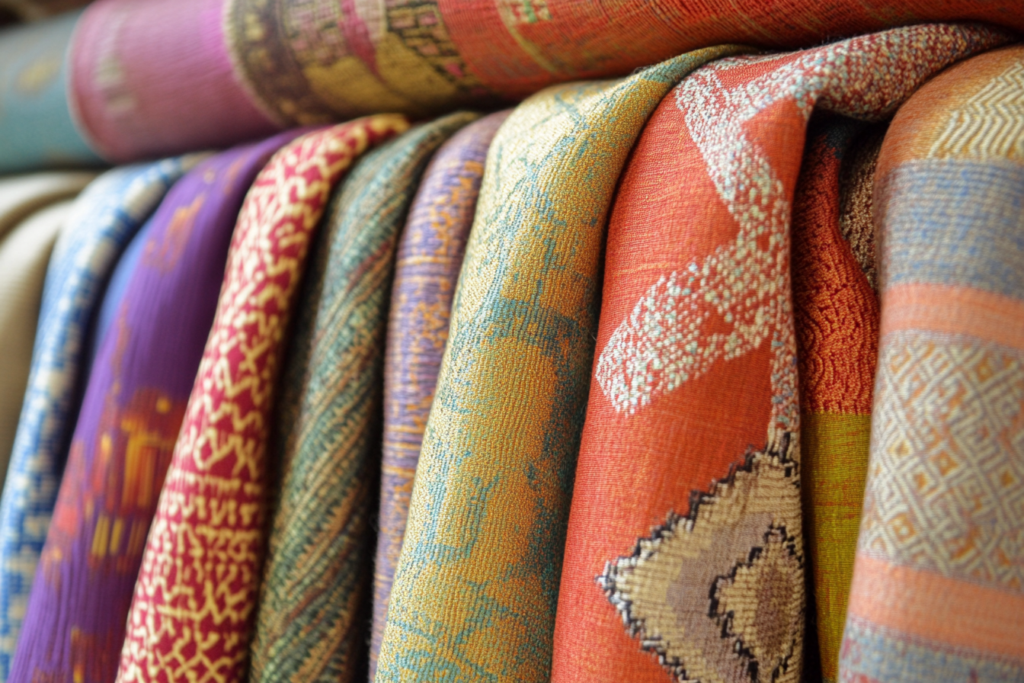
Double-Sided Jacquard
What is Double-Sided Jacquard?
Double-sided jacquard is a more complex weaving technique that produces patterns on both sides of the fabric. Unlike single jacquard, which only shows designs on the front and leaves floating threads on the back, double-sided jacquard ensures that both surfaces are decorated, creating symmetry and balance. This is ideal for fabrics used in high-end fashion, upholstery, and luxury products, where both sides of the fabric may be exposed.
Key Features of Double-Sided Jacquard:
✔ Patterns on Both Sides: Designs are woven into both the front and back of the fabric.
✔ No Floating Threads: Unlike single jacquard, there are no floating threads because the pattern is mirrored.
✔ Higher Complexity: Requires more advanced weaving machinery and precise control over the loom.
✔ Greater Durability: With patterns on both sides, the fabric is more durable and resistant to wear and tear.
Applications of Double-Sided Jacquard:
- Luxury Garments: Perfect for designer evening wear, where both sides of the fabric might be visible.
- Upholstery: Ideal for furniture fabric, where both sides could be exposed.
- Home Décor: Used in curtains, cushions, and other textiles where pattern visibility on both sides is important.
Other Weaving Techniques in Textile Production
1. Plain Weave
The simplest and most basic weave, where the warp and weft yarns pass over and under each other in an alternating pattern. This weave is strong, durable, and easy to make, making it common in cotton fabrics, shirts, and sheets.
2. Satin Weave
Satin weave produces fabrics with a shiny surface by weaving the threads in a way that they lie flat. This technique creates a smooth texture with fewer interlacing points, giving it its distinctive luster. Satin weave is used for luxurious fabrics like silk, velvet, and evening gowns.
3. Twill Weave
A twill weave is identified by its diagonal lines across the fabric surface. This technique produces fabrics with more texture and greater durability, making it common for denim, chinos, and tweed.
4. Jacquard Weave (Beyond Single and Double-Sided)
The Jacquard loom has allowed even more complex designs, including those used in brocade and damask fabrics. Brocade uses rich patterns in the fabric, often woven with metallic threads, while damask typically features reversible patterns and is used in tablecloths, curtains, and upholstery.
Comparing Weaving Techniques: Single Jacquard vs. Others
| Weaving Technique | Description | Key Features | Common Uses |
|---|---|---|---|
| Single Jacquard | Woven with multi-colored yarns in a single row, visible only on the front of the fabric. | Patterns on one side, floating threads | Fashion, Home décor, Accessories |
| Double-Sided Jacquard | Woven with patterns visible on both sides of the fabric. | Patterns on both sides, no floating threads | Luxury Fashion, Upholstery, Home Décor |
| Plain Weave | Simple alternating weave of warp and weft. | Strong and durable, simple pattern | Basic fabrics like cotton, sheets, shirts |
| Satin Weave | Yarns are woven to create a smooth surface, giving the fabric its shine. | Shiny surface, smooth texture | Silk, Evening Gowns, Luxury Fabrics |
| Twill Weave | Weaves with diagonal patterns across the fabric surface. | Diagonal lines, durable and textured | Denim, Chinos, Tweed |
| Jacquard (Brocade, Damask) | Complex designs woven into the fabric. | Intricate patterns, luxurious texture | Brocade fabrics, Luxury Garments, Home décor |
Advantages and Limitations of Single Jacquard
Advantages
- Affordability: Compared to double-sided jacquard, single jacquard is more affordable due to its simpler loom setup.
- Unique Patterns: Allows for the creation of detailed designs that can be woven into fabric, adding texture and visual interest.
- Versatility: Ideal for variety of applications like fashion fabrics, upholstery, and accessories.
Limitations
- Floating Threads: The back of the fabric can have floating threads, which may not be aesthetically pleasing when exposed.
- Limited Design Complexity: Compared to double-sided jacquard, single jacquard is more limited in terms of creating highly intricate patterns on both sides of the fabric.
- Durability: The floating threads can weaken the fabric and may cause wear and tear over time.
Conclusion: The Appeal of Single Jacquard in Textile Design
Single jacquard is a dynamic and cost-effective weaving technique that offers a beautiful balance of color, pattern, and texture. Whether you’re designing for fashion, upholstery, or luxury home décor, single jacquard provides intricate designs that add uniqueness to fabric without the complexity of double-sided jacquard.
Though it may have floating threads and is limited to single-sided designs, single jacquard remains a popular choice due to its affordability, versatility, and the stunning patterns it creates.
